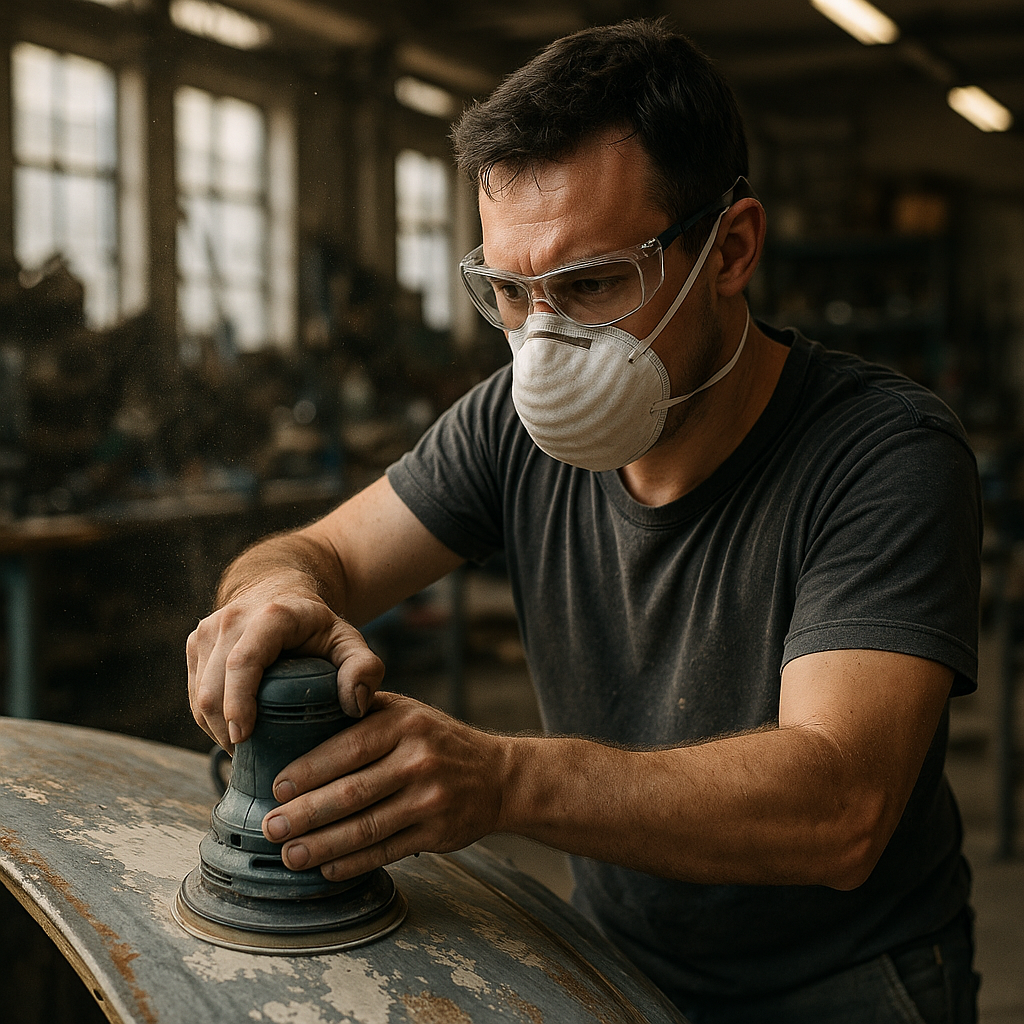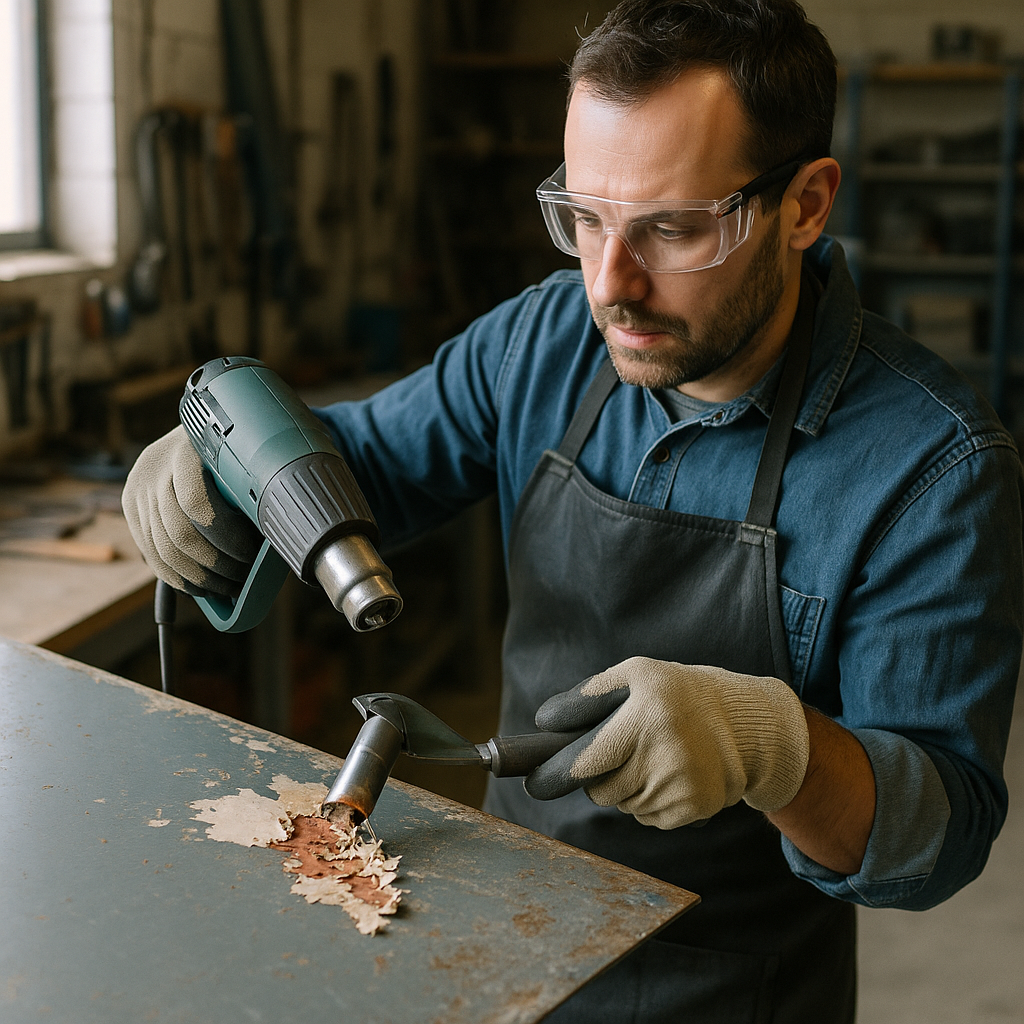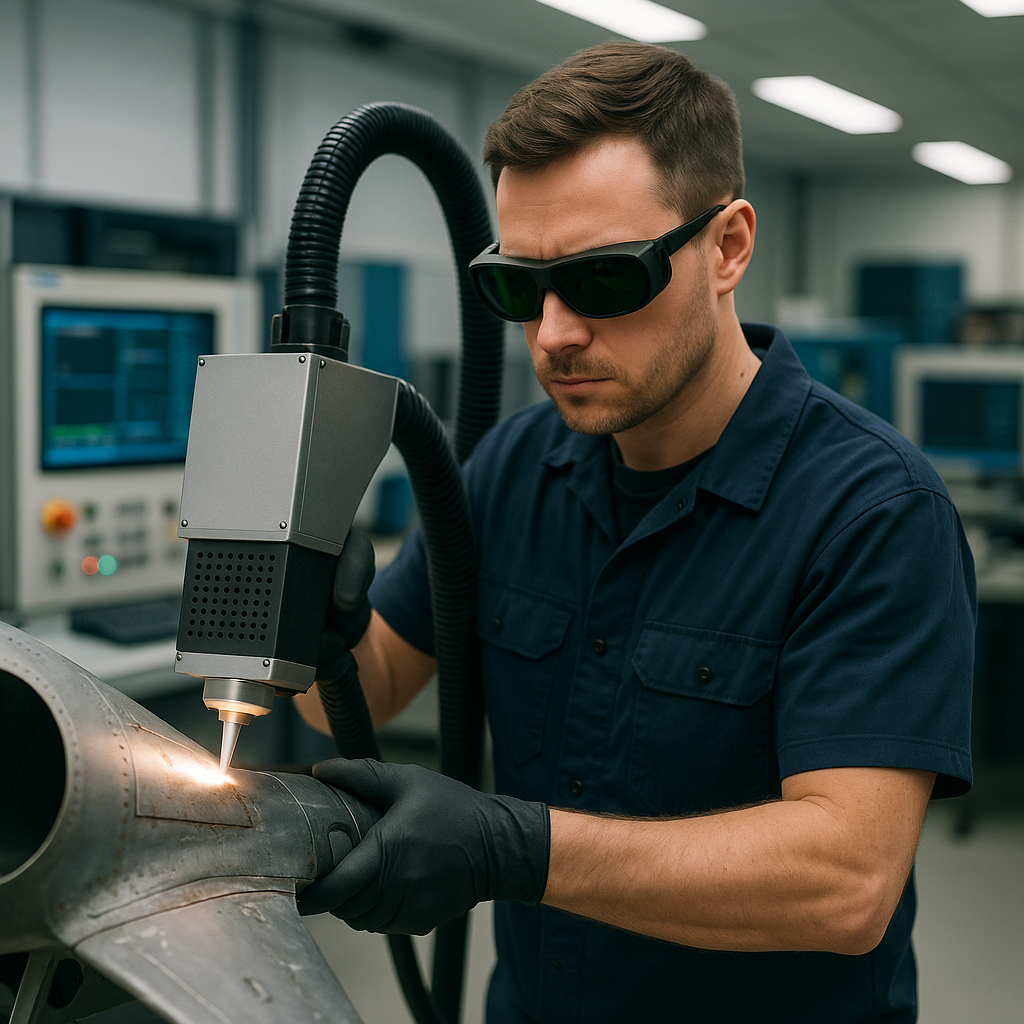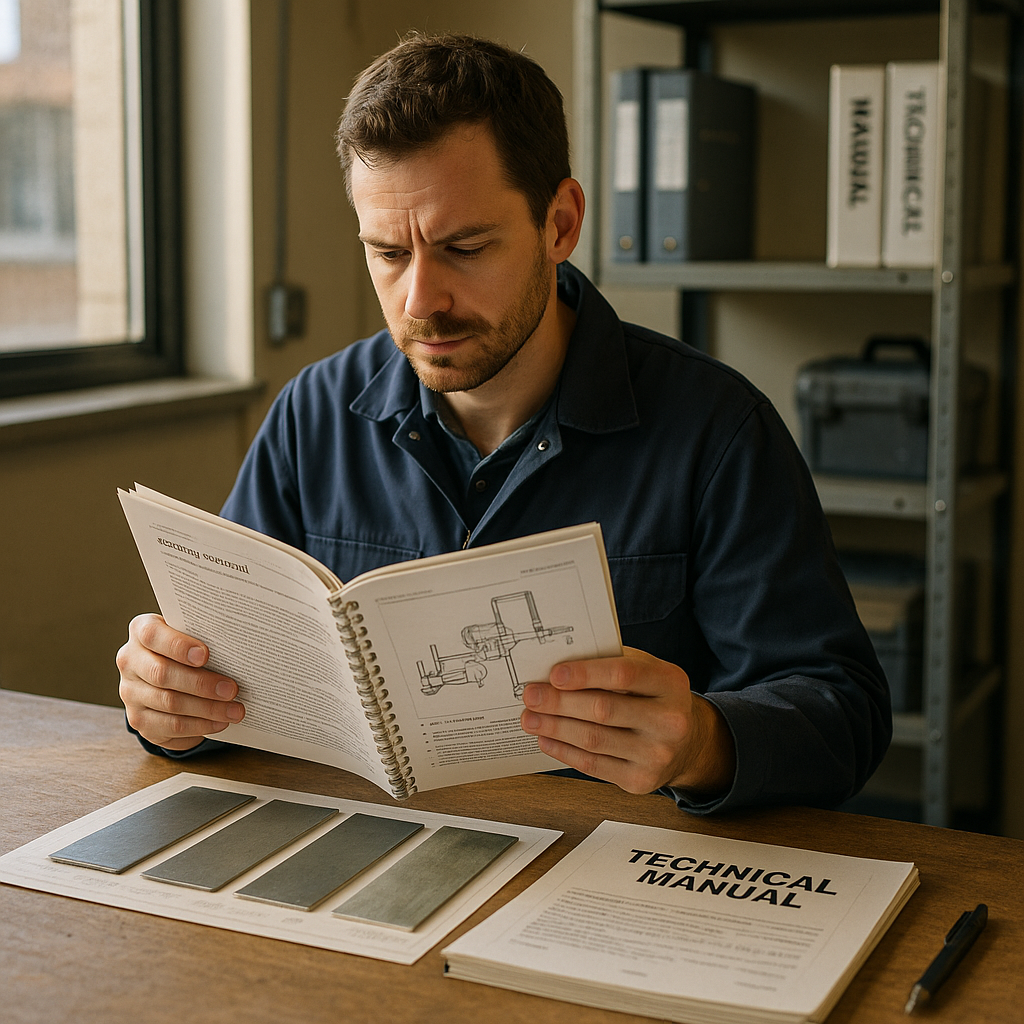5901 Botham Jean Blvd, Dallas, TX 75215
Learn the Process and Importance of Removing Coatings from Scrap?
October 18, 2025Recycling metal effectively involves a crucial step: removing the coatings that protect and decorate these materials. To unlock the valuable metal beneath, coatings such as paint, powder coatings, and e-coatings must be stripped away. This process ensures that recycled scrap can be melted down without contamination and repurposed into new products.
The coating removal process is essential for the circular economy. Without it, coated metals would have limited recycling potential, increasing the demand for mining and manufacturing virgin materials. Efficient coating removal maximizes the value of scrap metal while minimizing environmental impact.
Various methods have been developed to address different types of coatings across metal substrates. Mechanical abrasion scrapes away coatings using wire brushes or media blasting. Chemical stripping dissolves coatings with specialized solutions. Thermal processes use heat to burn off or loosen coatings from metal surfaces. Recently, innovative technologies like laser ablation offer precise, environmentally friendly removal options. Each approach has distinct advantages depending on the coating type, substrate material, and processing volume.
What Are the Mechanical Methods for Removing Coatings?

Mechanical coating removal relies on physical force to strip away unwanted surface treatments. These methods use various abrasive materials and tools to break the bond between coatings and substrates through direct physical contact. The most common mechanical techniques include sandblasting, plastic media blasting, and wire brushing, each offering specific benefits for different applications.
Sandblasting: High-Efficiency Surface Preparation
Sandblasting propels sand particles at high velocity against coated surfaces. This technique is especially effective for thick, stubborn coatings on durable substrates like steel and concrete. It efficiently removes multiple layers of paint, rust, and other contaminants in a single pass.
Industrial facilities often choose sandblasting when preparing large metal structures for recoating. The process creates an ideal surface profile that enhances adhesion for new protective coatings. However, sandblasting produces significant amounts of dust and waste material that requires proper containment and disposal.
Plastic Media Blasting: Gentle Yet Effective
Plastic media blasting offers a gentler alternative to traditional sandblasting. This method uses small plastic particles instead of sand, reducing the risk of substrate damage while still effectively removing coatings. The aerospace industry regularly employs this technique for stripping paint from aluminum aircraft components without warping or stressing the metal.
The reusable nature of plastic media makes it more environmentally friendly than single-use abrasives. Most plastic blasting media can be cleaned and recycled multiple times, reducing waste and operational costs. This method generates less dust than sandblasting but still requires proper ventilation and protective equipment.
Wire Brushing: Precision and Control
Wire brushing techniques range from manual hand tools to power-operated brushes. This method provides excellent control for smaller areas or delicate components. Wire brushing is ideal for spot treatments and areas where precision matters more than speed.
Maintenance teams regularly use wire brushing to remove light rust and failing coatings from equipment parts. The technique allows for targeted removal without affecting surrounding areas. While less aggressive than blasting methods, wire brushing requires more labor and time for larger surfaces.
When to Choose Mechanical Methods
Mechanical removal techniques are particularly effective in several scenarios. These methods are most valuable when:
- Working in environments where chemical use is restricted
- Removing multiple coating layers simultaneously
- Preparing surfaces for immediate recoating
- Dealing with tough, adherent coatings resistant to chemical strippers
- Operating in field conditions without access to specialized facilities
The construction industry frequently employs mechanical methods for bridge maintenance and structural restoration projects. These techniques allow for on-site coating removal without transporting components to specialized facilities.
| Method | Best For | Finish (CSP) | Productivity (m²/hr) | Main Risks |
|---|---|---|---|---|
| Diamond Grinding | Thin to medium coatings, adhesive residues | 1–3 | 20–50 | Loading on gummy films, heat glaze |
| Bush Hammering | Brittle coatings, texture creation | 3–5 | 15–30 | Over-texture if pressure/speed are off |
| Scarifying | Heavy builds, ceramic tile thinsets | 4–8 | 20–40 | Grooving/over-milling if depth not set |
| Shot Blasting | Large open areas, consistent profile need | 3–7 | 40–80 | Stripe lines if overlap poor |
Limitations and Considerations
Despite their effectiveness, mechanical methods come with important limitations. Operators must carefully control pressure and technique to avoid damaging underlying materials. Thin metal sheets, wood surfaces, and composite materials require particular caution to prevent warping, gouging, or delamination.
Worker safety demands proper protective equipment to guard against dust inhalation and flying particles. Environmental regulations also dictate how waste materials must be contained and disposed of, especially when removing coatings that might contain lead or other hazardous substances.
The success of mechanical coating removal depends on matching the right technique to the specific substrate and coating combination. Professional operators assess factors like coating thickness, substrate durability, and project scale before selecting the most appropriate mechanical method.
How Do Chemical Stripping Methods Work?
Chemical stripping works through a relatively simple process. Specialized chemical formulations are applied to painted or coated surfaces, penetrating the coating and breaking the bond with the substrate material. This results in a softened or dissolved coating that can be easily scraped away.
Chemical strippers fall into three main categories. Solvent-based strippers dissolve or soften the paint bond using chemicals like acetone, toluene, or glycols. These operate at room temperature and are often called “cold strippers.” They’re applied through immersion, brushing, or flowing methods.
Caustic or alkaline strippers contain potassium hydroxide or sodium hydroxide (lye) with a high pH of 13-14. These “hot strippers” work best when heated to temperatures between 75°C and 95°C. They break down the bonds holding paint resins together, turning the coating into a soap-like substance.
Biochemical strippers, derived from natural sources like citrus fruits or wood pulp, offer a less toxic alternative. While marketed as environmentally friendly, these still contain industrial chemicals and typically require longer application times due to their reduced potency.
Application Process and Effectiveness
The application process begins with thorough preparation. Workers must cover surrounding areas with protective sheeting and ensure adequate ventilation. Proper personal protective equipment is essential, including chemical-resistant gloves, eye protection, and respiratory gear.
Once applied, the stripper needs time to work. Depending on the formulation, this waiting period can range from minutes to several hours. The chemicals penetrate through layers of coating, breaking down the adhesive bonds at the molecular level.
Chemical stripping is effective in removing coatings from complex shapes and intricate details where mechanical methods might cause damage. It’s particularly useful for delicate surfaces or when maintaining the dimensional integrity of the substrate is critical.
Environmental and Safety Considerations
Chemical stripping poses significant environmental challenges. The process generates chemical waste requiring specialized disposal procedures. Improper disposal can lead to soil contamination and water pollution.
Worker safety is another critical concern. Many stripping agents contain volatile organic compounds (VOCs) that evaporate quickly and can be inhaled. Some chemicals, such as methylene chloride, have been linked to serious health issues, including cancer, and have been banned by the EPA for consumer use.
Solvent strippers often contain hazardous air pollutants subject to EPA Toxic Release Inventory regulations. Caustic solutions can also cause severe skin burns and eye damage upon contact. Proper ventilation is essential to prevent harmful fume buildup, which can cause dizziness, headaches, and more serious conditions.
Biochemical strippers, while less hazardous, still require proper handling and ventilation. They typically contain chemicals like N-methyl-2-pyrrolidone (NMP), which can cause skin irritation and other health effects.
| Method | Primary Chemicals | Environmental Impact | Disposal Requirements |
|---|---|---|---|
| Solvent-Based Strippers | Acetone, Toluene, Glycols | Contains VOCs, Hazardous Air Pollutants | Requires specialized disposal procedures |
| Caustic Strippers | Potassium Hydroxide, Sodium Hydroxide | High pH, Risk of Burns | Requires neutralization and specialized disposal |
| Biochemical Strippers | Citrus, Wood Pulp Derivatives | Lower toxicity but contain industrial chemicals | Requires proper handling and disposal |
All chemical stripping operations should follow strict safety protocols, including using the minimum amount of stripper necessary to avoid excess fume buildup, working in well-ventilated areas, wearing appropriate protective equipment, and following proper waste disposal procedures.
Advancements in chemical stripping technology continue to develop safer formulations with reduced environmental impact. These innovations focus on biodegradable ingredients and lower VOC content while maintaining effective stripping performance.
What Are Thermal Coating Removal Techniques?

Thermal coating removal techniques use intense heat to break down organic compounds in coatings, effectively separating them from the substrate material. These methods are similar to a kitchen oven self-cleaning cycle, but on an industrial scale with specialized equipment designed for efficiency.
Industrial facilities resort to thermal stripping when conventional methods are inadequate for managing thick coatings or processing large volumes of parts. The heat breaks molecular bonds, turning solid coatings into ash or vapor that can be easily removed from the base material.
Burn-Off Ovens
Burn-off ovens operate at temperatures ranging from 700°F to 1000°F (370°C to 540°C) to thermally decompose coatings. These specialized industrial furnaces work without direct fire involvement, functioning in oxygen-deprived environments. The process converts coatings to ash while preserving the metal substrate.
The system typically includes water spray systems, combustion chambers, and proper ventilation to handle the byproducts of thermal breakdown. After the heating cycle is complete, the remaining ash is removed through methods like water rinsing, leaving clean parts ready for recoating or other processing.
Burn-off ovens are effective for processing large batches of coated components simultaneously, making them ideal for high-volume operations. A metal fabricator can clean hundreds of paint fixtures overnight, ensuring production lines remain operational during day shifts.
Molten Salt Baths
Molten salt baths offer remarkable cleaning efficiency through immersion in heated salt mixtures. These systems maintain salts at temperatures between 650°F and 1000°F (340°C to 540°C), providing a powerful thermal transfer medium that quickly breaks down organic coatings regardless of thickness or chemical composition.
The process works through direct heat conduction. When a coated part contacts the molten salt, the coating rapidly decomposes, while the bath’s chemical properties prevent oxidation of the base material. The even temperature distribution in the salt prevents warping or distortion, which might occur with other thermal methods.
What makes salt baths particularly valuable is their uniformity. A single molten salt system can process parts with varied coating types and thicknesses simultaneously with consistent cycle times, typically around two minutes. This versatility eliminates the need for multiple specialized stripping systems for different coating formulations.
Induction Heating
Induction heating is a more targeted thermal approach. This method generates heat directly within the metal substrate through electromagnetic induction, causing the coating bond to break at the interface. The rapid, localized heating makes this technique suitable for precision applications where only specific areas need coating removal.
The process works by passing alternating current through a coil, creating a magnetic field that induces electrical (eddy) currents in the metal part, generating heat. The coating separates cleanly from the substrate as the heat disrupts the adhesive bond.
Unlike other thermal methods that heat the entire part, induction heating focuses energy precisely where needed, reducing energy consumption while minimizing heat exposure to sensitive components.
Advantages and Limitations
Thermal methods provide significant advantages for industrial applications. They efficiently process parts with complex geometries difficult to clean using mechanical methods. For recycling operations, thermal techniques can handle large volumes of mixed scrap with various coating types, streamlining material recovery.
The environmental benefits are notable as well. Modern thermal systems include afterburners that neutralize harmful byproducts, while salt baths can operate indefinitely with small additions of fresh material, eliminating the constant waste generation associated with chemical stripping.
However, these methods have limitations. The high temperatures and energy requirements result in significant operating costs. Heat-sensitive materials, like thin-gauge aluminum or parts with low melting point components, may suffer damage. Additionally, proper ventilation and emission control systems are essential to manage the byproducts of thermal decomposition.
For facilities processing large volumes of coated metals, these drawbacks are often outweighed by the speed and thoroughness of thermal coating removal. A burn-off oven can process an entire rack of rejected parts overnight, allowing them to be recoated and returned to production without extensive manual labor.
Emerging Technologies in Coating Removal

The coating removal industry has recently seen remarkable technological advancements, offering more efficient, precise, and environmentally friendly alternatives to traditional methods. These innovations are changing how industries handle surface preparation and restoration projects.
Laser Ablation: Precision Coating Removal
Laser Ablation Coating Removal (LACR) represents a significant breakthrough in this field. It uses high-energy light pulses to create a shock wave that causes coating materials to evaporate, sublimate, or convert to plasma.
This technology is particularly beneficial for the transportation and aerospace sectors, as it drastically reduces airborne contaminants, enhancing worker safety and simplifying hazardous waste disposal.
For example, steel bridges typically require costly containment systems to manage hazardous materials like lead-based paint. LACR eliminates the need for these systems by allowing targeted removal, thus saving costs.
- Precision removal – Ideal for sensitive components and intricate surfaces
- Minimal environmental impact – Produces virtually no airborne contaminants
- No containment needed – Enables cost-effective spot repairs
- Reduced noise exposure – Quieter than traditional mechanical methods
- Enhanced worker safety – Requires less personal protective equipment
Cryogenic Blasting: Non-Abrasive Cleaning Power
Cryogenic blasting, or dry ice blasting, propels solid carbon dioxide (CO₂) pellets at high speed toward coated surfaces. The pellets sublimate on impact, turning directly into gas and lifting coatings without damaging the substrate.
This method is popular across various industries due to its versatility and environmental benefits. It leaves no chemical residue, as the CO₂ simply returns to the atmosphere, which reduces cleanup time and disposal costs.
Dry ice blasting effectively removes multiple types of coatings and is gentle enough for delicate surfaces such as aluminum, composites, and historic materials.
- Zero secondary waste – Dry ice sublimates, leaving only the removed coating
- No chemicals – Uses only recycled CO₂ in solid form
- Reduced downtime – No drying time required post-cleaning
- Non-abrasive – Safe for delicate substrates and sensitive equipment
- Effective in crevices – Reaches complex geometries inaccessible by traditional methods
The Cost-Benefit Equation
Both laser ablation and cryogenic blasting have higher initial costs compared to traditional methods due to specialized equipment and trained operators.
However, these technologies often return substantial long-term value through reduced labor costs, minimal waste disposal expenses, and faster project completions. Their precision and reduced environmental impact are particularly advantageous for high-value components or environmentally sensitive projects.
As these technologies continue to evolve, their adoption is expanding from niche applications to mainstream industrial use. The naval industry, for instance, has found significant benefits in noise reduction and cleaner work environments using laser ablation for vessel maintenance.
The evolution of these technologies reflects a shift toward solutions prioritizing efficiency and environmental responsibility. As regulations tighten and sustainability gains importance, these technologies are likely to become standard in coating removal.
| Technology | Coating Removal Mechanism | Pollution Prevention Benefits | Reported Application | Benefits | Limitations |
|---|---|---|---|---|---|
| Laser Heating | Thermal | Replaces solvents, produces less ash residue | Used with CO2 pellet blasting | Minimal training, substrate undamaged | Requires offgas collection and filtration |
| Flashlamp Heating | Thermal | Replaces solvents, produces small ash waste | For coating removal, often paired with CO2 pellet blasting | Provides coating removal and cleaning | Generates harmful gas if uncontrolled |
| Ice Crystal Blasting | Impact/Abrasive | Replaces solvents, uses nontoxic media | Suitable for aluminum and composite substrates | No media separation needed, non-abrasive | Requires protective equipment |
Conclusion: Choosing the Right Coating Removal Method

Selecting the appropriate coating removal process is crucial as it affects recycling efficiency, environmental impact, and operational costs. The optimal method depends on factors like scrap material type, coating composition, processing volume, and environmental considerations.
Traditional mechanical methods, such as plastic media and wheat starch blasting, remain reliable for many uses. Chemical processes, on the other hand, effectively handle complex geometries. Emerging technologies like laser cleaning and cryogenic methods offer efficient and eco-friendly alternatives. Each method has unique benefits—some are precise, others increase throughput, while others reduce environmental impact.
When evaluating coating removal options, consider not only immediate costs but also long-term factors like waste disposal, energy consumption, and compliance with regulations. By carefully assessing these aspects, you can choose a method that enhances material recovery and supports sustainable recycling practices.
For personalized guidance on implementing the most effective coating removal solution for your specific recycling needs, contact Okon Recycling at 214-717-4083.
